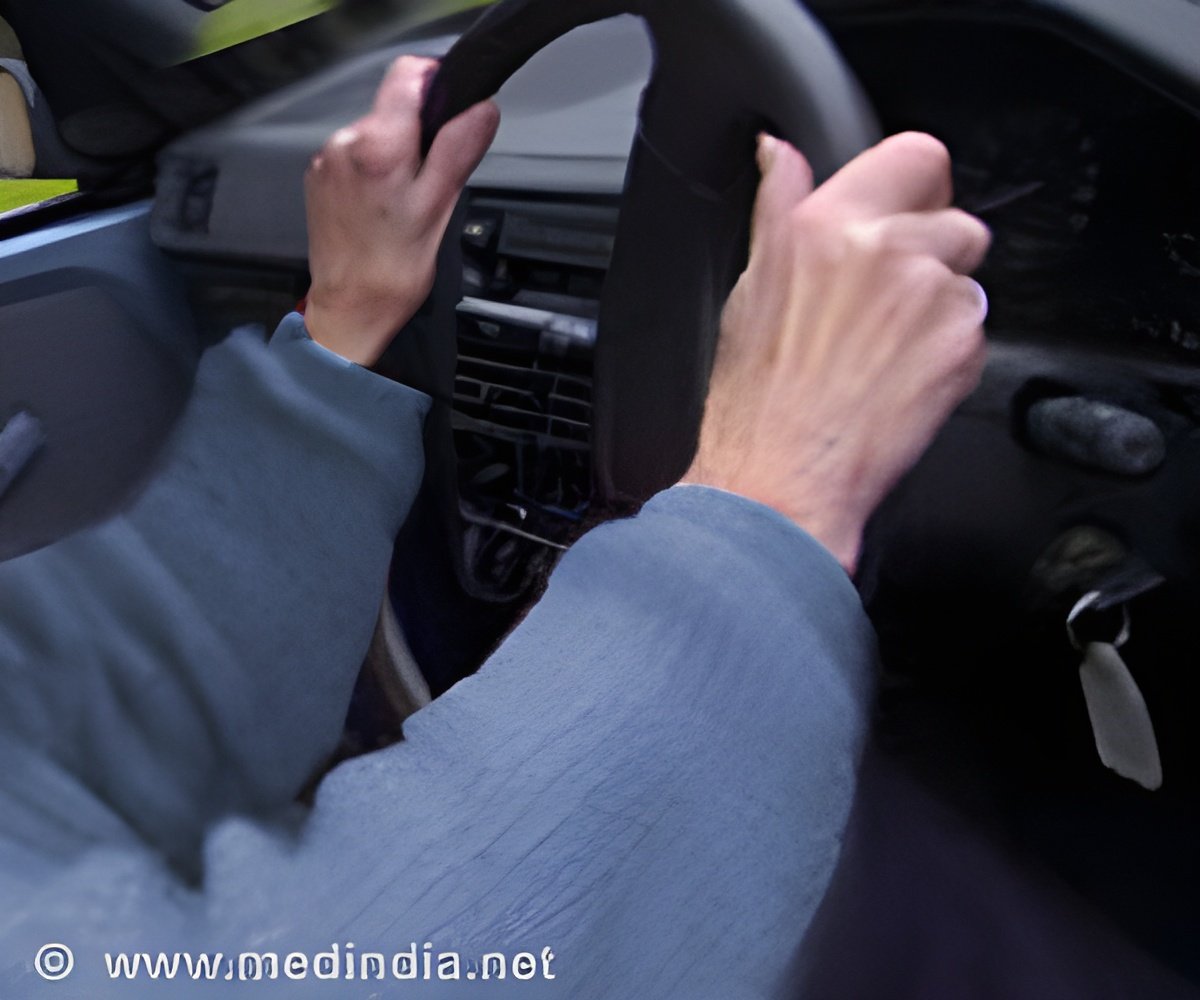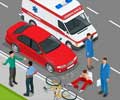
‘Individuals with Alzheimer's disease have poorer self-regulation behavior compared while driving, compared to healthy adult drivers.’
Tweet it Now
The results showed that self-regulation behavior was poorer in Alzheimer's disease patients than in healthy older drivers. Lower self-regulation reflects a reduced capacity to adapt driving speed, ensure safe distances, change lanes, and appropriately anticipate or plan actions. Moreover, AD patients experienced twice as many critical events as healthy older drivers. Several naturalistic driving studies have demonstrated that the number of critical events is associated with accident risk. Interestingly, two thirds of critical events were considered "unaware" events, which means the driver was observed to have no clear reaction during the critical event. AD patients who exhibited the worst self-regulation had the most critical events. This relationship between a high number of critical events and poorer self-regulation behavior has not been demonstrated previously.
One limitation of this study is the sample size. However, studies of naturalistic driving generally have low numbers of participants. Moreover, researchers took into account and analyzed the full recordings of each participant, unlike many prior studies that only analyzed samples from recordings. Investigators could have used an automated analysis method, such as those used in recent naturalistic driving studies that actively used objective outcomes that are not reliant upon raters. However, since automatic detection is performed based on behavioral responses and facial expressions, numerous critical events, especially unaware critical events, for which no behavioral reaction is visible, could go unnoticed.
Future deployment of assistance systems in vehicles should specifically target tactical components in order to help drivers suffering from cognitive deficits. It would be interesting to study how these systems are perceived by older drivers. Test systems could be integrated by manufacturers into driving simulators.
Source-Eurekalert














